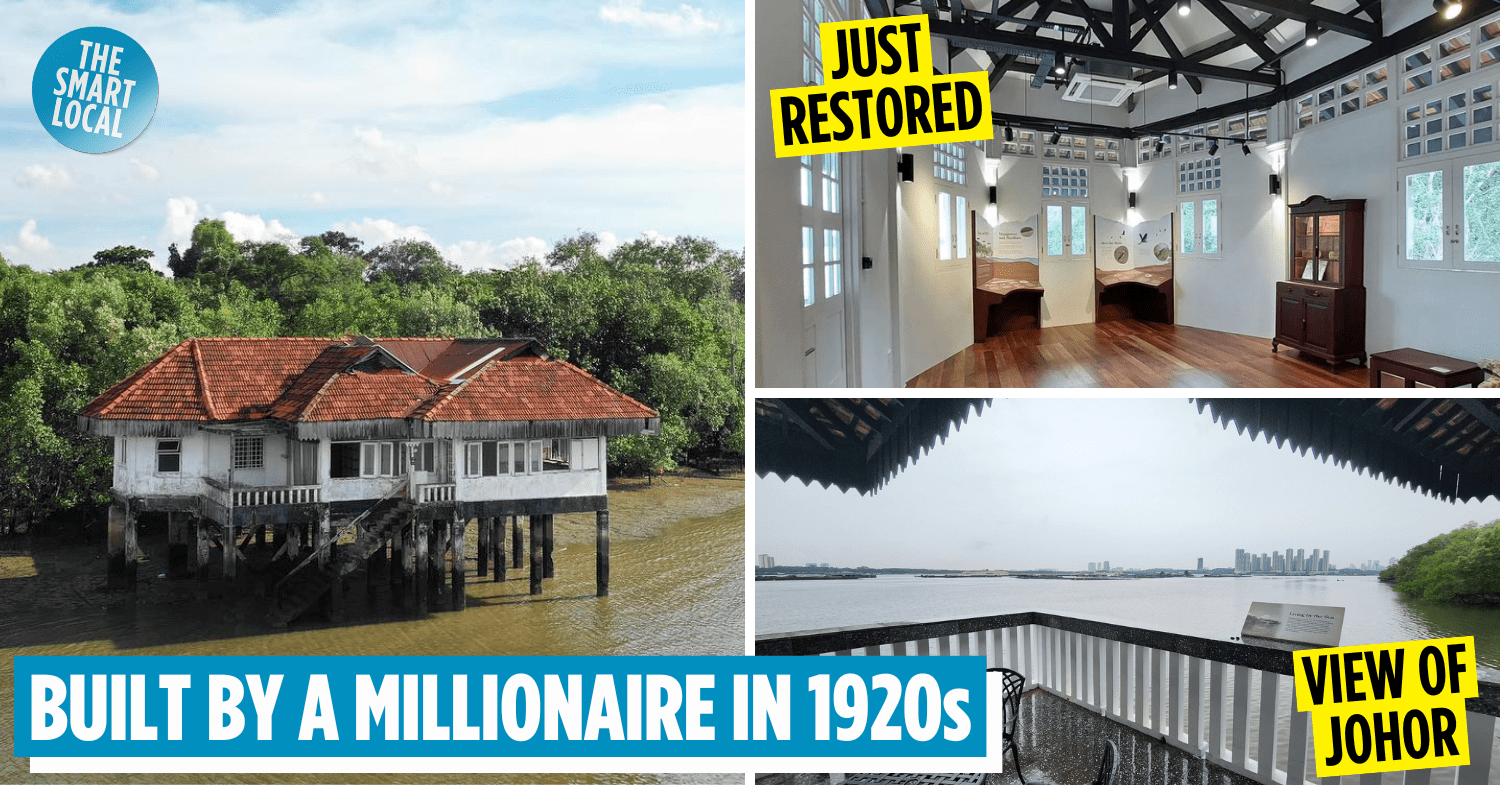Cashin House in Lim Chu Kang
With Lim Chu Kang being as ulu as it is, the foolhardy don’t have to look far for spine-chilling locations for their rush of adrenaline. You’ve got the dilapidated Neo Tiew Estate, and the various lorongs that’re flanked by tombstone clusters. Heck, there’s even the haunted bus service 975 that runs a route stopping by the area’s most harrowing hotspots.
In stark contrast, those looking to leave the frights for Hungry Ghost Festival or Halloween can stop by the idyllic Cashin House. The building sits atop the ebbing waves near Lim Chu Kang Nature Park. However, the seaside pavilion did not always look this pretty; in fact it was only fully redeveloped late 2023. Here’s what you need to know about this century-old residence:
Where is the Cashin House?
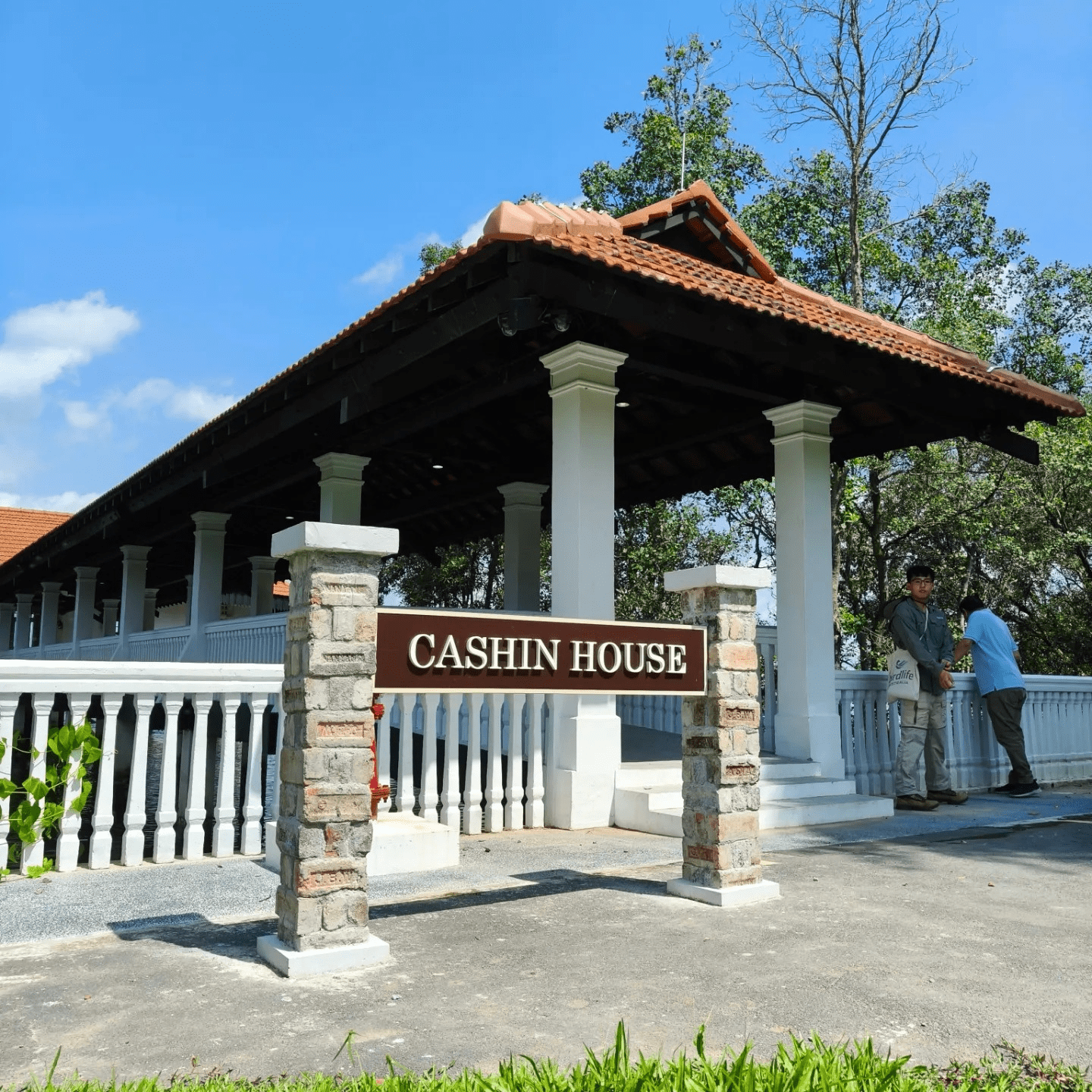 Image credit: Lin Xinying
Image credit: Lin Xinying
The Cashin House is located about a 10-minute walk from Lim Chu Kang Nature Park. The closest bus stop is situated near the Police Coast Guard Lim Chu Kang Base but that entails almost a 20-minute walk. Your best bet is to head down by car.
Is the Cashin House open to the public?
No, the Cashin House is not open to the public. However, NParks may host guided tours to the house from time to time. You can check on the availability of these tours on the NParks website. For now, you’re allowed to walk up to the house and admire it from the outside.
Built in the 1920s by an Irish merchant
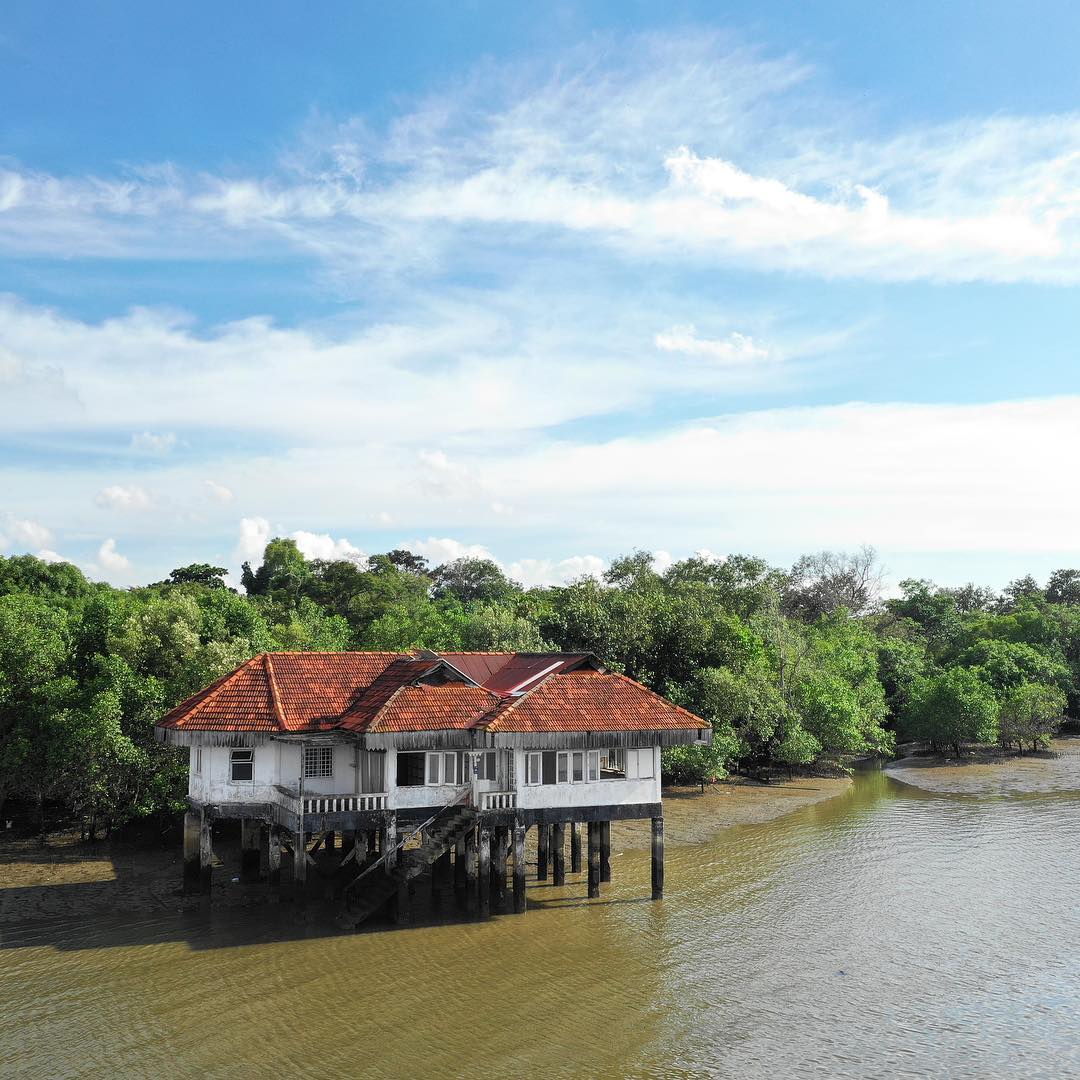 |
|
Image credit: @weixianglimsg via Instagram
The Cashin House was constructed in the 1920s by Joseph Cashin, upon a pier his grandfather built to facilitate his rubber estate. As such, the house is dubbed “The Pier”, and is also how it got its sea-facing vista; perfect for the Cashins’ frequent staycations.
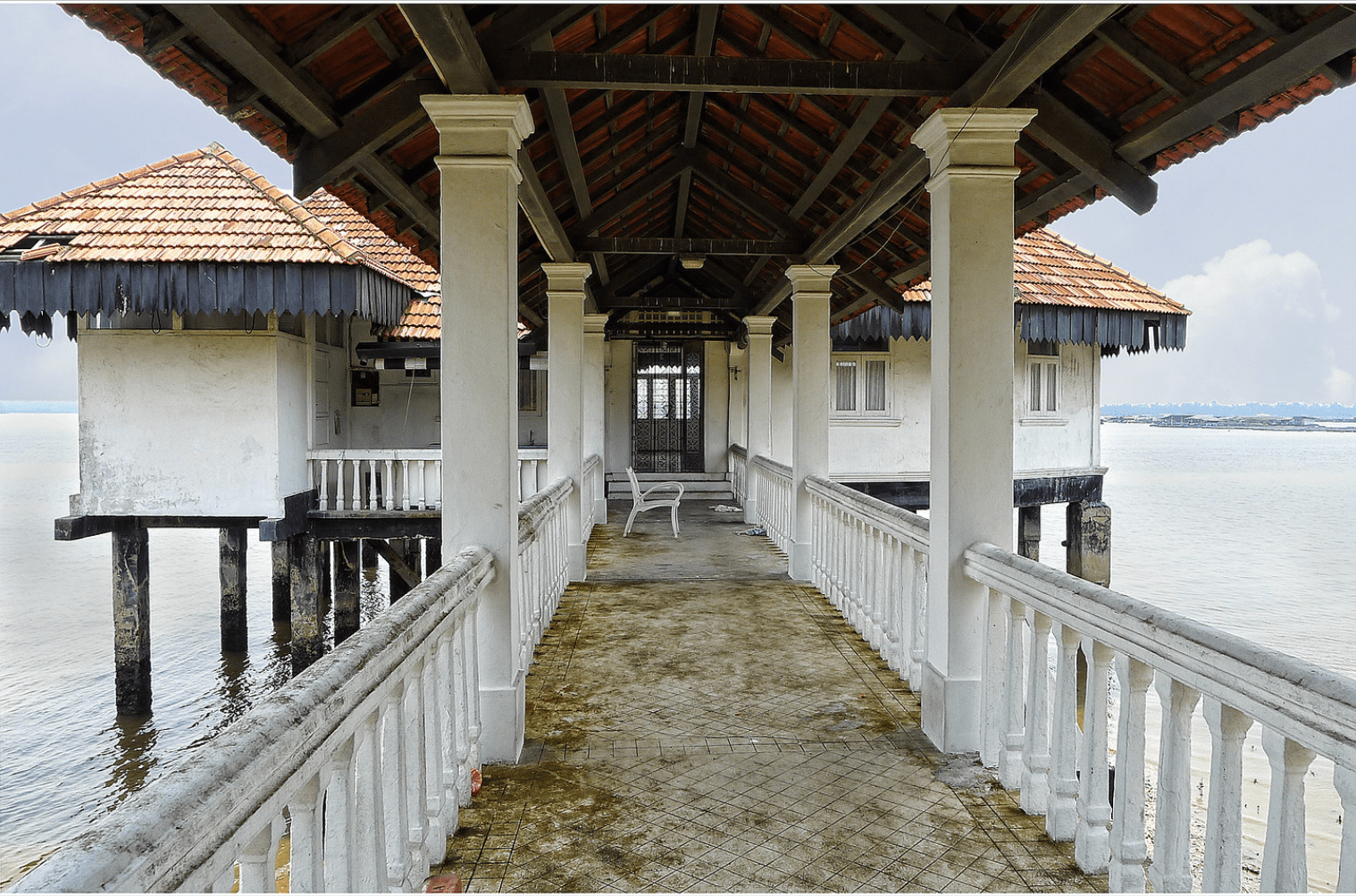 What the Cashin House’s pier-like walkway looked like before the restoration works.
What the Cashin House’s pier-like walkway looked like before the restoration works.
Image credit: G’kar via Flickr
Not all was fine and dandy for long, though. Fast forward a couple years to the impending World War II. This very spot was where the Imperial Japanese Army stormed the north-western coastline on 8th February 1942, and took the lives of some 360 Australian soldiers. Needless to say, the Cashins had to put their summer visits to The Pier on hold for quite some time.
Because of the impending conflict, the Cashin family had to leave the country, and the property then promptly fell into the hands of the invading Japanese. They erected a war shrine on the site of the house, and dastardly used the house as a “comfort stop” until 1945, which was a tactful way of implying military prostitution.
Picking up the pieces of the Cashin House after WW2
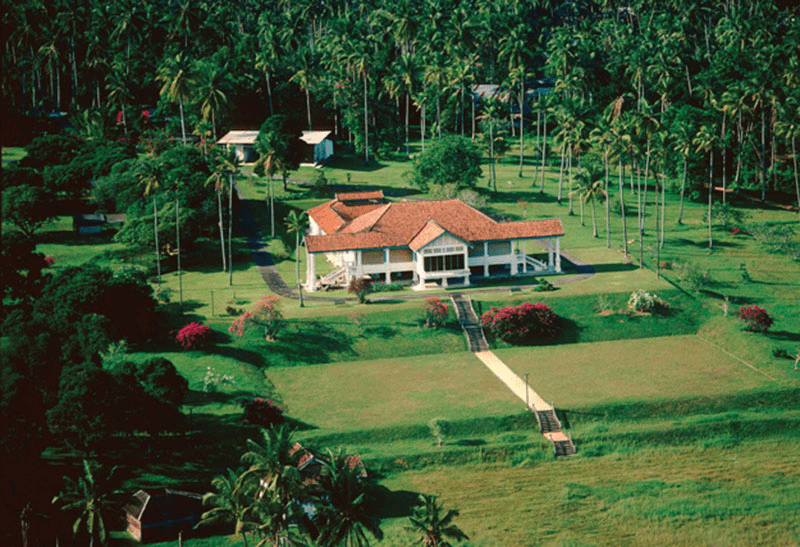
The Matilda House in Punggol.
Image credit: Urban Redevelopment Authority
In the 1960s after the dust from WW2 settled, the 3rd generation of Cashins, namely Howard Edmund Cashin and his wife Gillian, moved into the house. If the name sounds familiar, that’s because he previously resided in the infamously haunted Matilda House. With the family’s penchant for palatial abodes, the Cashin House was soon slated for a modern makeover.
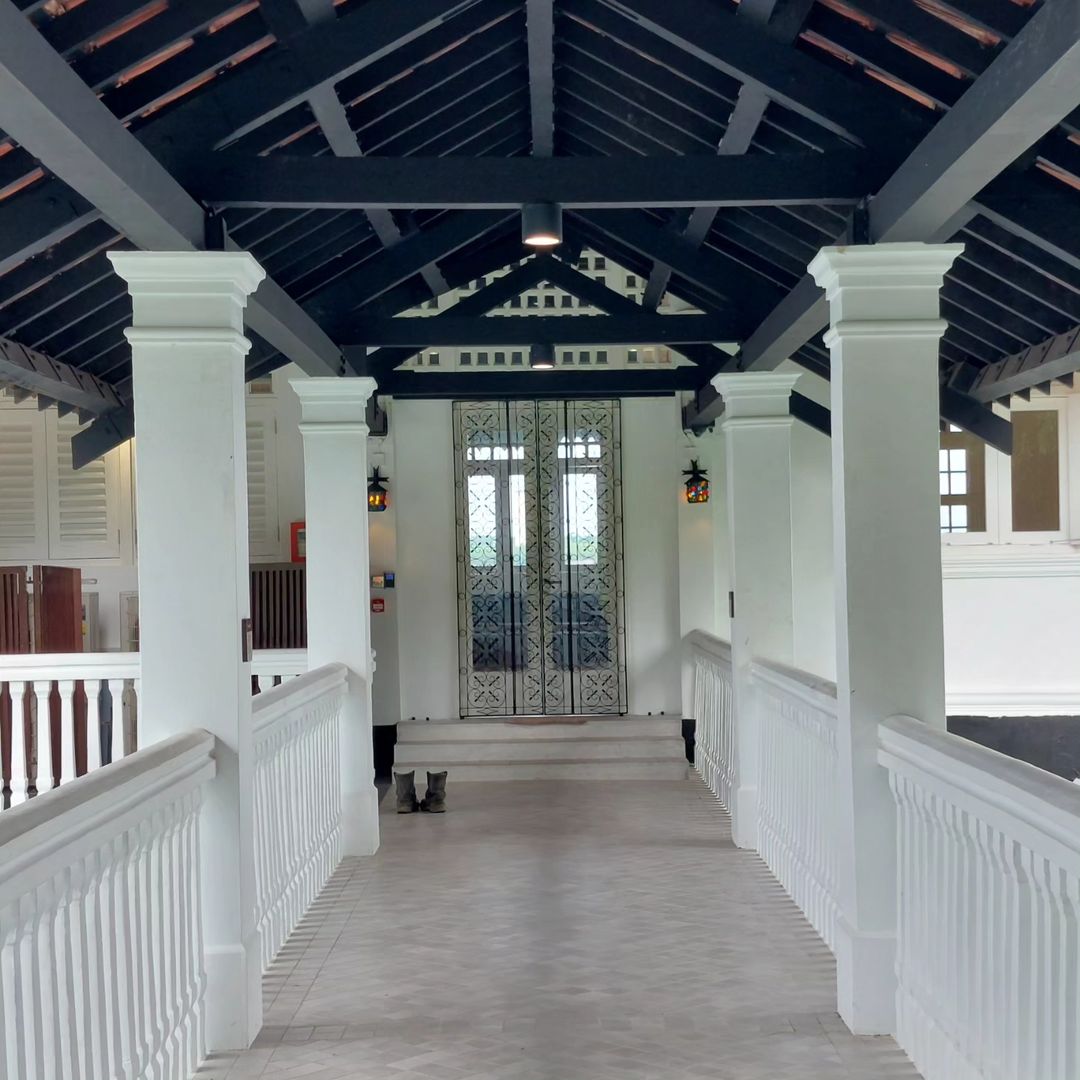
What the walkway to the house’s interior looks like today; tidied up and illuminated by lights.
Image credit: @li.lium.lj via Instagram
The Japanese war shrine was removed, and the house was further extended and refurbished. This saw the house fitted with ceiling fans, as well as other electric-powered luxuries such as air conditioning. To go complete their weekend villa, a barbecue pit, stone tables, and chairs were set up around the compound surrounding the house.
After Howard Cashin’s death in 2009, the premises were vacated and acquired by the Singapore Land Authority (SLA). The house was promptly fenced up, and so its interiors were obscured from the prying eyes of the public. That remained the case till late 2023, during which the house’s redevelopment works were finally completed.
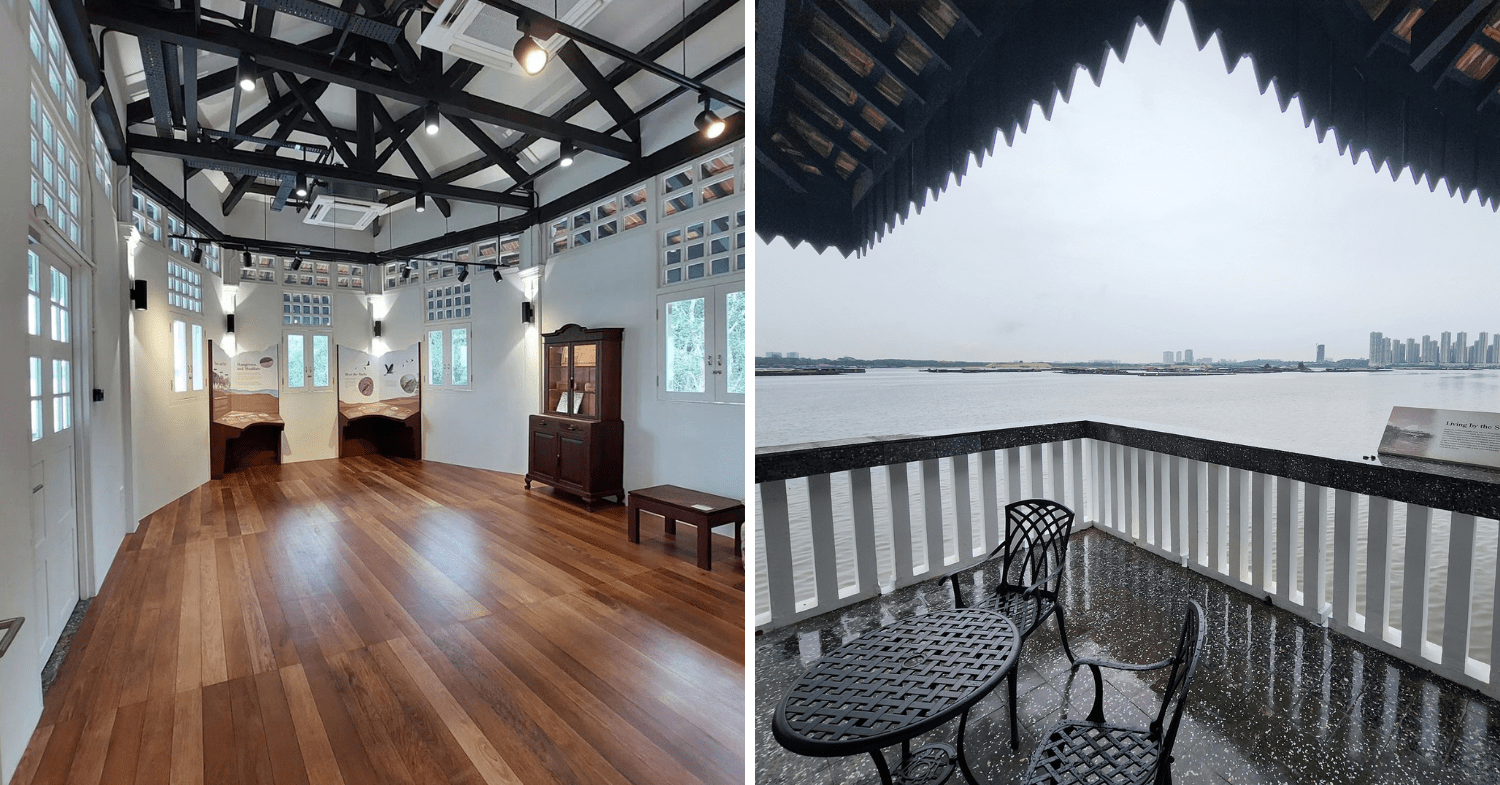 You’ll be able to view preserved artefacts such as the original bricks used to construct the house, as well as gaze out to the straits of Johor from the house’s balcony.
You’ll be able to view preserved artefacts such as the original bricks used to construct the house, as well as gaze out to the straits of Johor from the house’s balcony.
Image adapted from: @li.lium.lj via Instagram, Koh Chee Ann via Facebook
In 2023, NParks celebrated the 30 years of conservation of Sungei Buloh Wetlands Reserve with free guided tours and nature walks around the area. The tours are still ongoing and one of them will allow visitors into the Cashin House and its grounds, both of which have been restored to their former glory and then some.
On these tours, you’ll be able to trek on the original driveway leading to Cashin House. Inside are various exhibits that have been set up to recount the tale of how Cashin House came to be, as well as nuggets of information about the ecology of the surrounding mudflats of Sungei Buloh.
Plan a visit to the restored Cashin House
The Cashin House stands out as a rustic retreat away from the paranormal happenings of Lim Chu Kang. For a glimpse of how millionaires were living it up in the 1900s, make sure to head down to learn more about Its intriguing lore in-person.
For more on Singapore’s historic buildings:
- Keppel House – Abandoned mansion near Keppel Hill Reservoir
- Tanglin Halt – old HDB estate slated for demolition
- Attap Valley Bunker in Woodlands
Cover image adapted from: @weixianglimsg & @li.lium.lj via Instagram, Koh Chee Ann via Facebook
